AdSense Ban for Invalid Traffic – How to Appeal and Fix It
Have you heard or experienced the hassle of having your Google AdSense account suspended or disabled due to invalid traffic?
Invalid traffic affects many digital publishers, so it’s important to regularly monitor your site’s performance and take action before it’s too late.
In this article, you’ll learn what to do if Google suspends or disables your AdSense account, how to prevent it, and tips for writing a successful appeal.
What is Invalid Traffic?
Invalid traffic is an artificial rise in ad clicks and ad impressions without genuine user interest. It can include, but isn’t limited to:
- publishers clicking on their own ads;
- repeated user clicks;
- paid traffic;
- automated systems generating fake traffic.
How does Google AdSense detect invalid traffic sources?
Google AdSense uses automated systems to analyze ad click and ad impression patterns to avoid artificial increase in advertisers’ spend or publishers’ earnings. Their system filters normal user traffic and suspicious activity, enabling them to remove invalid traffic.
Additionally, they have an Ad Traffic Quality team for detecting invalid traffic across all Google monetization products. It monitors and tracks user behavior with special tools and techniques and uncovers sources of non-human traffic.
Google has more than 200 sophisticated filters to stop most of invalid traffic in real time, with a team of specialists monitoring and updating these filters regularly.
In short, Google uses technology and human reviews to detect and limit invalid traffic.
Google AdSense doesn’t allow publishers to disable the browser’s trust tokens API during the Chrome Origin Trial–a way to test a new platform feature before it’s available to all users.
These trust tokens also help combat ad fraud and can verify that the user is real and not a bot without using cross-site identifiers like third-party cookies.
Why is it bad for the publishers?
Invalid traffic can decrease the value of a publisher’s ad inventory, falsify the website’s performance data, and put the publisher’s account under a risk.
It takes extra time and effort to get rid of these suspensions. In the worst case, Google will disable your AdSense account for good.
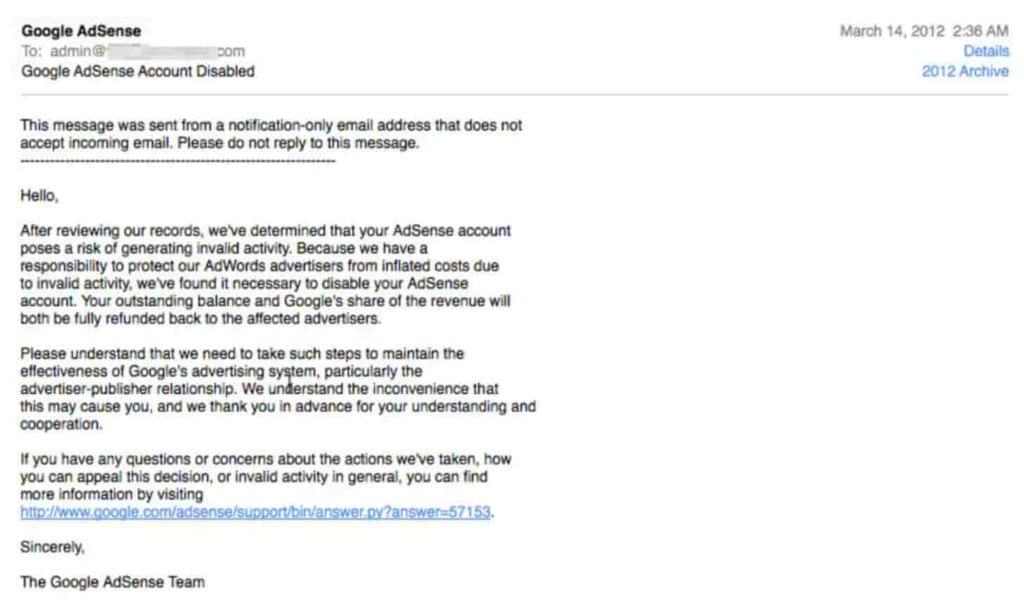
Additionally, invalid clicks can bring down your estimated and final earnings.
Therefore, monitor your traffic closely and keep an eye on notifications from Google. Sometimes, they issue warnings and publishers can fix the problem.
What to Do if Your Account Was Suspended Due to Invalid Traffic?
Google AdSense treats invalid traffic very seriously, like the time when they announced a crackdown on invalid clicks. If it suspects that an account poses a risk to advertisers, it can suspend or disable it.
Before learning what to do, you should know the difference between both of these actions:
- If an account gets suspended because of invalid traffic, the ad serving is turned off for a specific period (usually 30 days). If there are no issues after the fixed period, the account will be automatically cleared.
- If an account gets disabled, it means that the account can’t serve ads, and the publisher won’t be able to use any Google ad solutions in the future.

Source: Google AdSense
Why is Google so strict when it comes to invalid activity?
Because the more fraudulent activity passes through Google’s network, the more it hurts advertisers. As a result, advertisers get more reluctant to pay higher prices for ad space, which hurts Google’s revenue.
What to do during the suspension period?
If your account gets suspended, you’ll receive an email from Google AdSense team stating that it was due to invalid traffic. Unfortunately, you can’t file an appeal in this situation.
Generally, account suspension gives time to investigate the reason for suspension, find the sources of invalid traffic, and block suspicious traffic. If additional issues are found during or after the suspension period, your AdSense account can be disabled.
The best way to beware of account suspension is by monitoring and analyzing the traffic on your website by using Google Analytics (GA) or another analytics provider with a bot filtering tool.
However, there can still be discrepancies as GA doesn’t tell which bot traffic and how much of it was filtered.
On the other hand, if your account gets disabled, you need to fill out an invalid traffic appeal form. There’s no guarantee that the account will be reinstated, but Google will do its best to inform you as quickly as possible.
Keep in mind that after the decision is made about your appeal, further appeals might not be considered.
Identify why your account was suspended or disabled
Here are 7 most common reasons why accounts get disabled for invalid traffic:
- Publishers click on their own ads
- Repeated ad clicks generated by one or more users
- Publishers intentionally encourage users to click on their ads
- Placing hidden or intrusive ads which cause accidental clicks
- Automated clicks generated by bots, traffic sources (e.g., click farms), and other fraudulent software
- Website gets hacked
- Competitors send invalid traffic to your website
Tips For Writing a Successful Invalid Traffic Appeal
Here are 4 tips for writing a successful invalid traffic appeal:
- Identify the reason why your AdSense account got disabled. You need to prove that the decision to disable your account was a mistake and you didn’t have the intention to artificially inflate traffic on your website.
- Ensure that your website has a good ad placement strategy and doesn’t have any hidden ads that can cause accidental clicks on different devices.
- Mention the changes you made to avoid invalid traffic in the future. For example, use IVT prevention tools (e.g., Escalated, Cleartrust). However, note that these are usually paid services.
- Add an email address connected to your disabled AdSense account to help Google further locate it and save time in processing your appeal.
How likely is it that your account will be reinstated?
Google takes careful measures and investigates each case with a team of specialists, considering the interests of advertisers, publishers, and users. If the appeal gets denied, the possibility of reinstatement is low.
If your AdSense account gets reinstated, it can take up to 2 days for all Google servers to be informed of the change and for your account to be active again to serve ads.
What to do if your appeal is denied?
If your appeal is denied and the account stays disabled, there isn’t much you can do with the existing account.
Publishers that get disabled for invalid traffic cannot open new accounts and participate in Google AdSense and other Google programs (e.g., Google Ad Manager).
How to Prevent Suspension by Avoiding Invalid Traffic
As mentioned, monitoring your site’s performance and traffic in Google Analytics is important.
One way to monitor traffic sources is by segmenting them, especially when you add a new traffic source and want to see how it performs. With the help of advanced segments in Google Analytics, you can see from where the users are coming to your website.

Once you see traffic segments, keep an eye on sudden spikes in impressions, clicks, CTR, and visited pages. They can signal suspicious activity, which you should further investigate with the traffic source (Organic Search, Direct, Referral, etc.) they originate from.
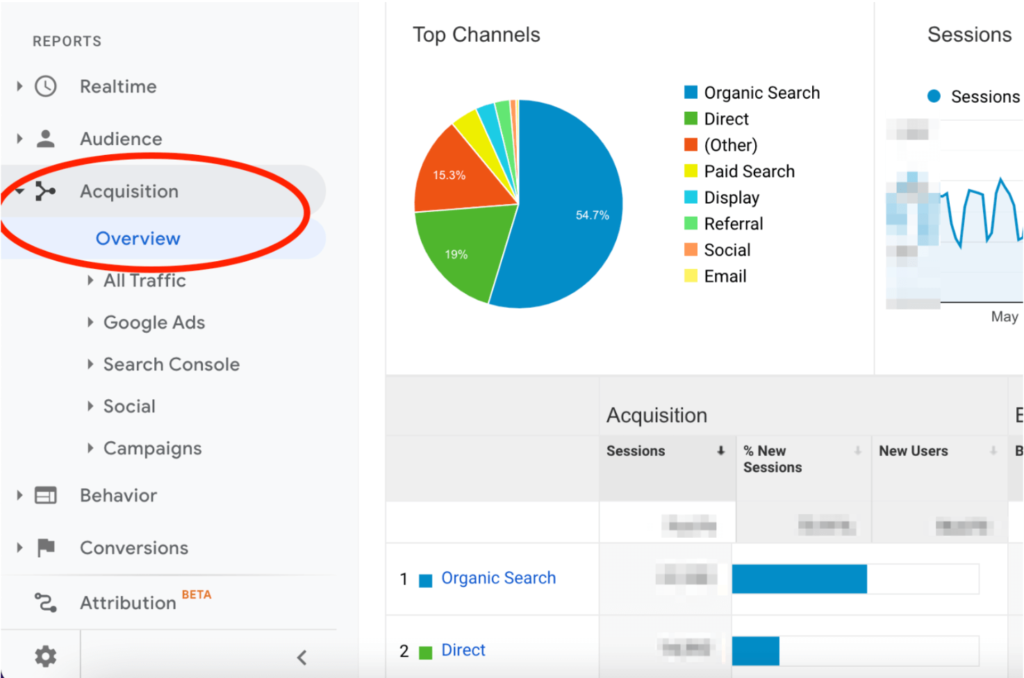
If you spot that a certain traffic source brings a lot of unwanted traffic, you can:
- Contact the traffic source to understand where their users come from.
- Stop working with traffic sources that don’t send beneficial traffic to your site.
- Report suspicious traffic source to Google by filling invalid clicks contact form.
Note, it can sometimes be very difficult to track where invalid traffic is coming from, especially if the traffic source uses URL shorteners.
Additionally, if you link your AdSense account to Google Analytics, you’ll be able to see AdSense data in GA, and key GA metrics (users, bounce rate, traffic channels, page views %, new visitors, and returning visitors) in your AdSense homepage cards.
This will allow you to better understand your performance metrics and spot any anomalies.
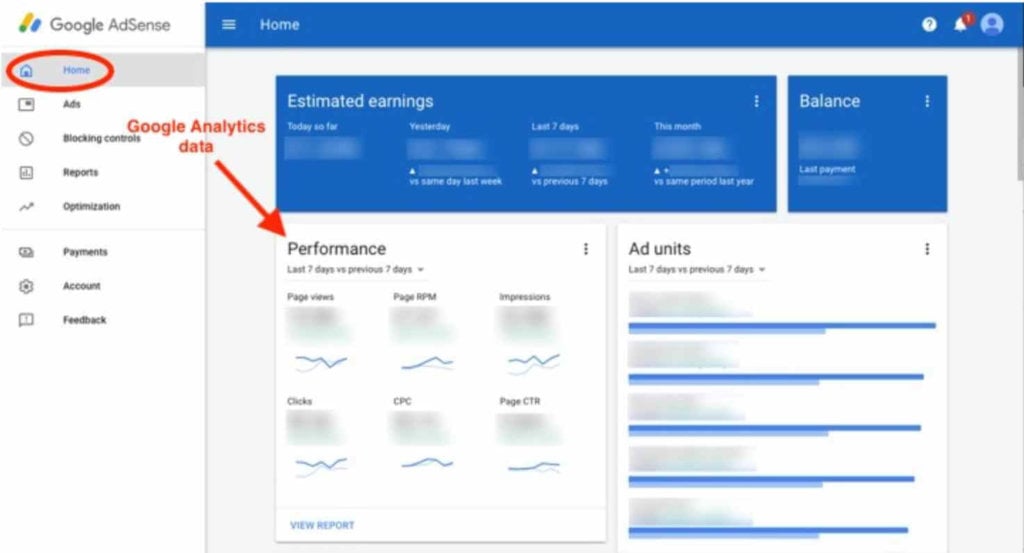
Source: Google AdSense
You can also check other important metrics about your AdSense account, such as:
- your estimated earnings in the homepage reports;
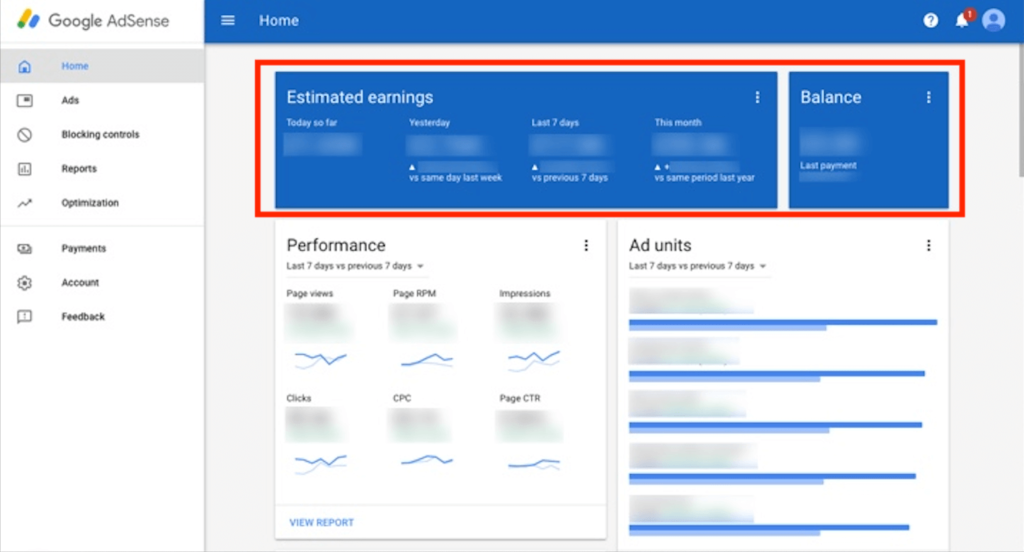
- ads the appear on your site in the Ad review center.
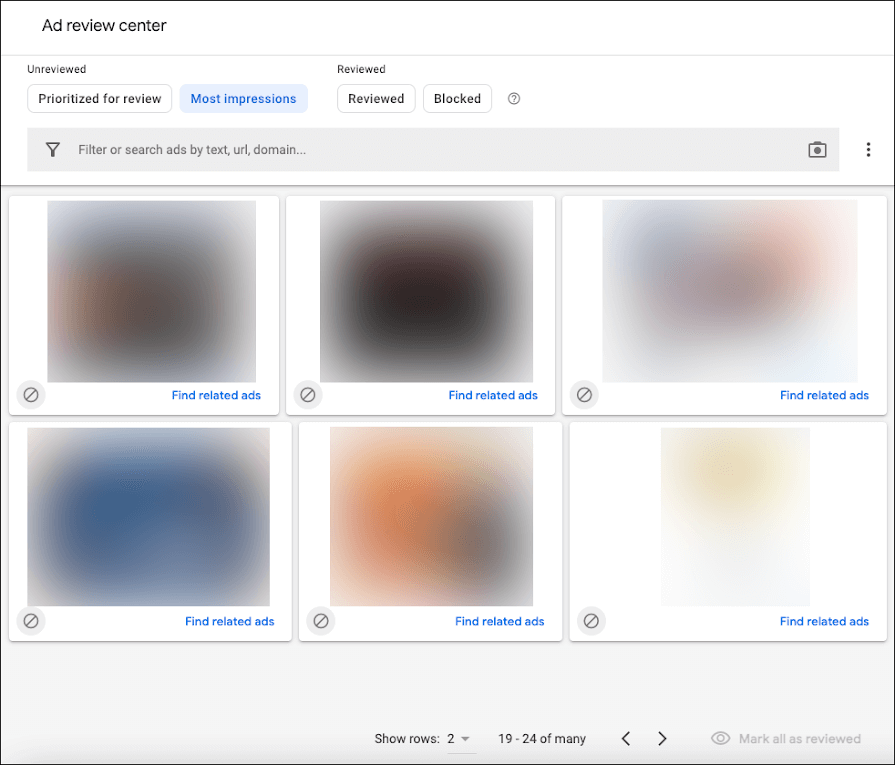
Source: Google AdSense
Nevertheless, one of the most critical steps for publishers to prevent account suspension is following Google’s policies, such as:
- AdSense Program Policies
- AdSense Terms of Service
- Google Publisher Policies
- Platforms Program Policies
- Ad Placement Policies
Additionally, ensure that your ads comply with the Better Ads Standards framework, which includes guidance on accepted ad formats.
Conclusion
Google encourages all publishers to regularly monitor their traffic, look for anomalies in their data, and remain compliant with their program policies to avoid account suspension.
If you have any questions or want to share your own experience, leave a comment below or send an email to [email protected].


